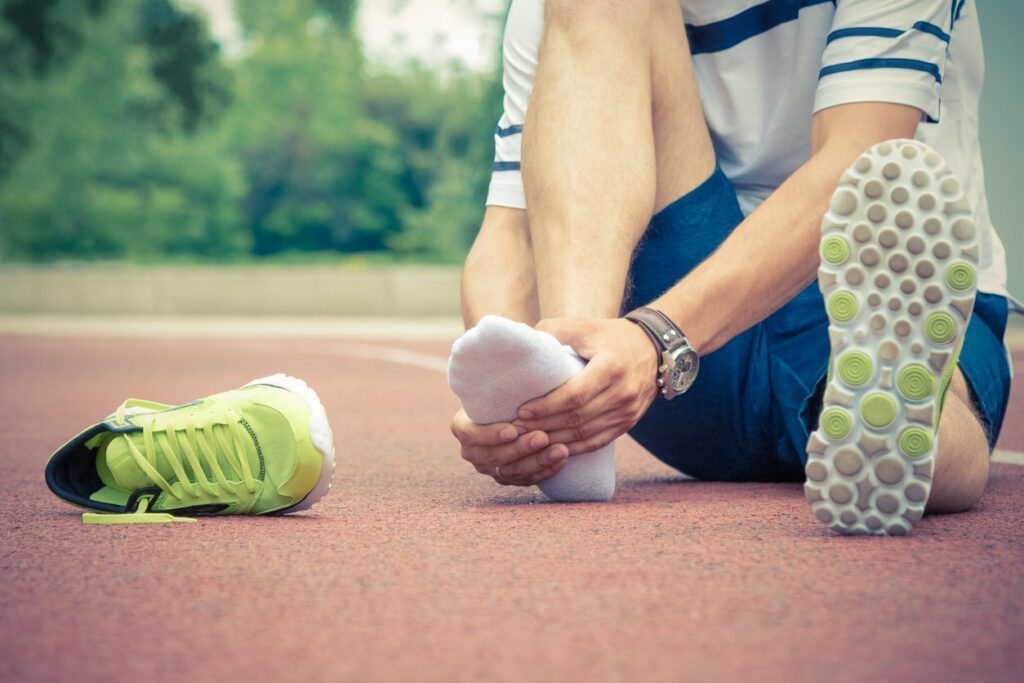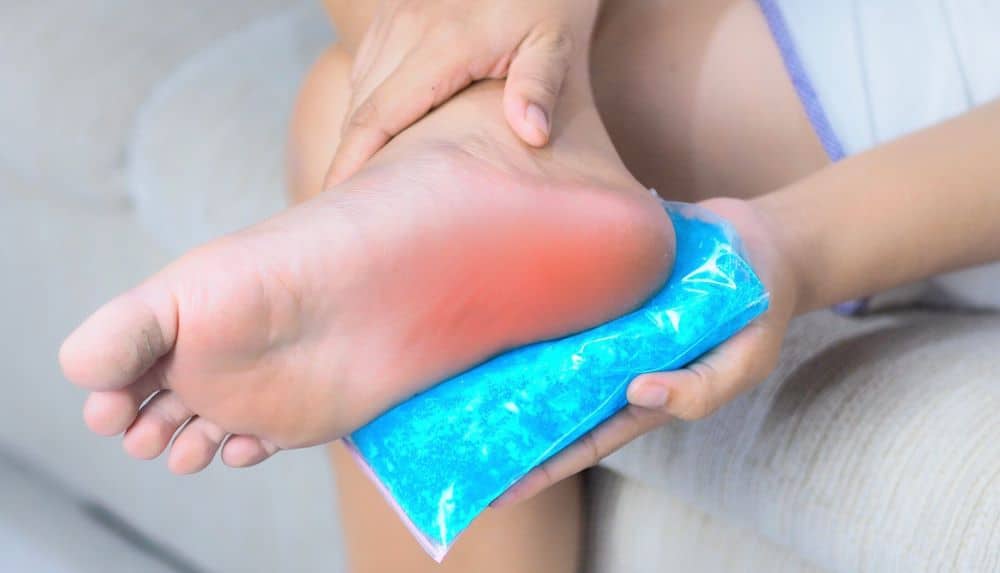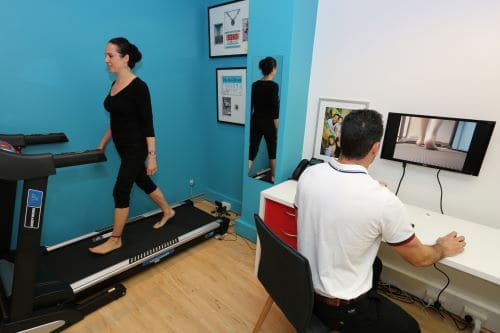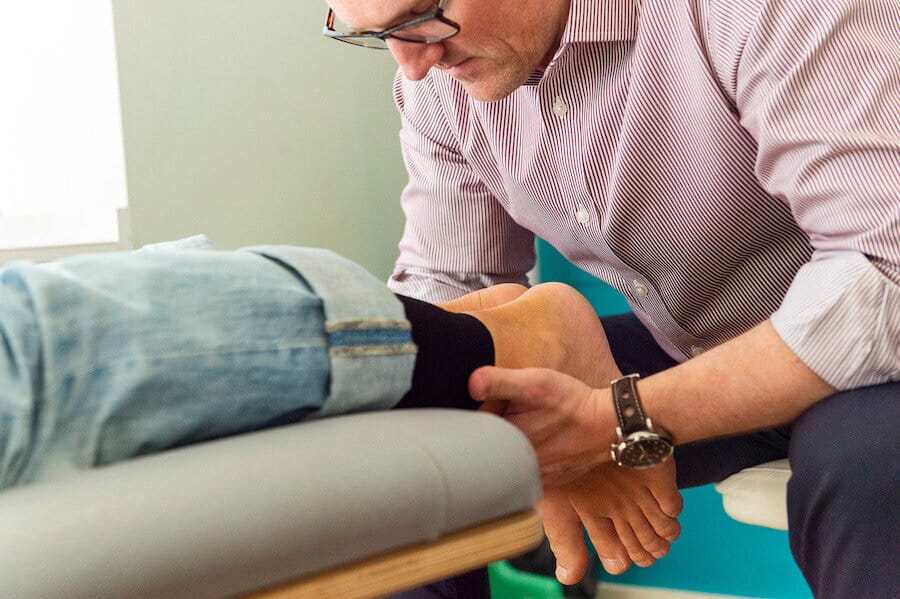Plantar Fasciitis Treatment
Effective Relief for Plantar Fasciitis: Get Back on Your Feet Pain-Free

What Is Causing Your Heel Pain
Heel pain can be a real drag, putting a damper on your daily activities. These could be possible culprits behind the discomfort. Here, we explore three common causes:
Plantar Fasciitis: This champion of heel pain often strikes first thing in the morning. It arises from inflammation of the plantar fascia, a band of tissue running along the sole of your foot, supporting the arch. Activities like running, especially on hard surfaces, or having flat feet can overload this tissue, leading to tears or micro-tears. The pain is often described as sharp or stabbing, particularly when taking those initial steps after getting out of bed.
Achilles Tendinitis: This pain party happens at the back of your heel, where the Achilles tendon connects your calf muscle to your heel bone. Repetitive activities like jumping or running, tight calf muscles, or suddenly increasing your workout intensity can irritate this tendon. The pain might be dull or achy, worsening with activity and potentially accompanied by stiffness.
Heel Spur: While not always the direct cause of pain, heel spurs are bony growths that can form on the underside of the heel bone in response to long-term plantar fasciitis. The spur itself might not be painful, but the ongoing inflammation of the surrounding tissue caused by the plantar fasciitis can definitely be a source of discomfort.

How We Treat Your Heel Pain

Focus on diagnosis: ModPod Podiatry emphasises a biomechanical assessment to pinpoint the exact cause of your pain. This is crucial as different causes require different treatment approaches.
Treatment based on cause: Our treatment typically involves Laser or Shockwave for pain reduction and strengthening/stretching for healing, we use orthotics to address abnormal forces on the injured tissue.
What Happens In The Exam?
Consultation and Assessment: During your initial visit, a podiatrist will examine your foot, ask about your pain and activities, and perform the biomechanical assessment.
Diagnosis and Treatment Plan: Based on the assessment, they’ll identify the cause of your heel pain (plantar fasciitis, Achilles tendinitis, etc.). The treatment plan might involve:
- Stretching and strengthening exercises: These exercises, particularly for tight calf muscles in the case of Achilles tendinitis, can improve flexibility and reduce stress on the affected area.
- Orthotics: Custom orthotics can provide support and offload pressure from the painful area, promoting healing.
- Other modalities: Depending on the cause, ModPod Podiatry might also utilize modalities like K-Laser or shockwave therapy for pain relief and tissue healing.
Lance Penn – Podiatrist, discusses how heel pain can affect your life and what you can do about it.
See Our Google Reviews
Why Choose Us?
Our feet are complex structures that help us perform nearly every possible activity, from walking to running, jumping, and everything in between. It’s easy to take our feet for granted, but any condition that affects them and causes pain can hinder our ability to carry out many actions.
So when we develop heel pain, our daily routines can come to a screeching halt. The conditions that result in heel pain can vary and range from acute to chronic, from mild to severe.
At ModPod Plantar Fasciitis Clinic, our specialists offer a wide range of treatments focused on providing long-term relief for your heel pain. We understand how important it is to be able to go about your day pain-free, striving to satisfy the needs of each individual patient and create a positive experience for you.
Treatment Options:
- Custom Orthotics
- K-Laser
- Shockwave Therapy
- Prescription strengthening exercises








